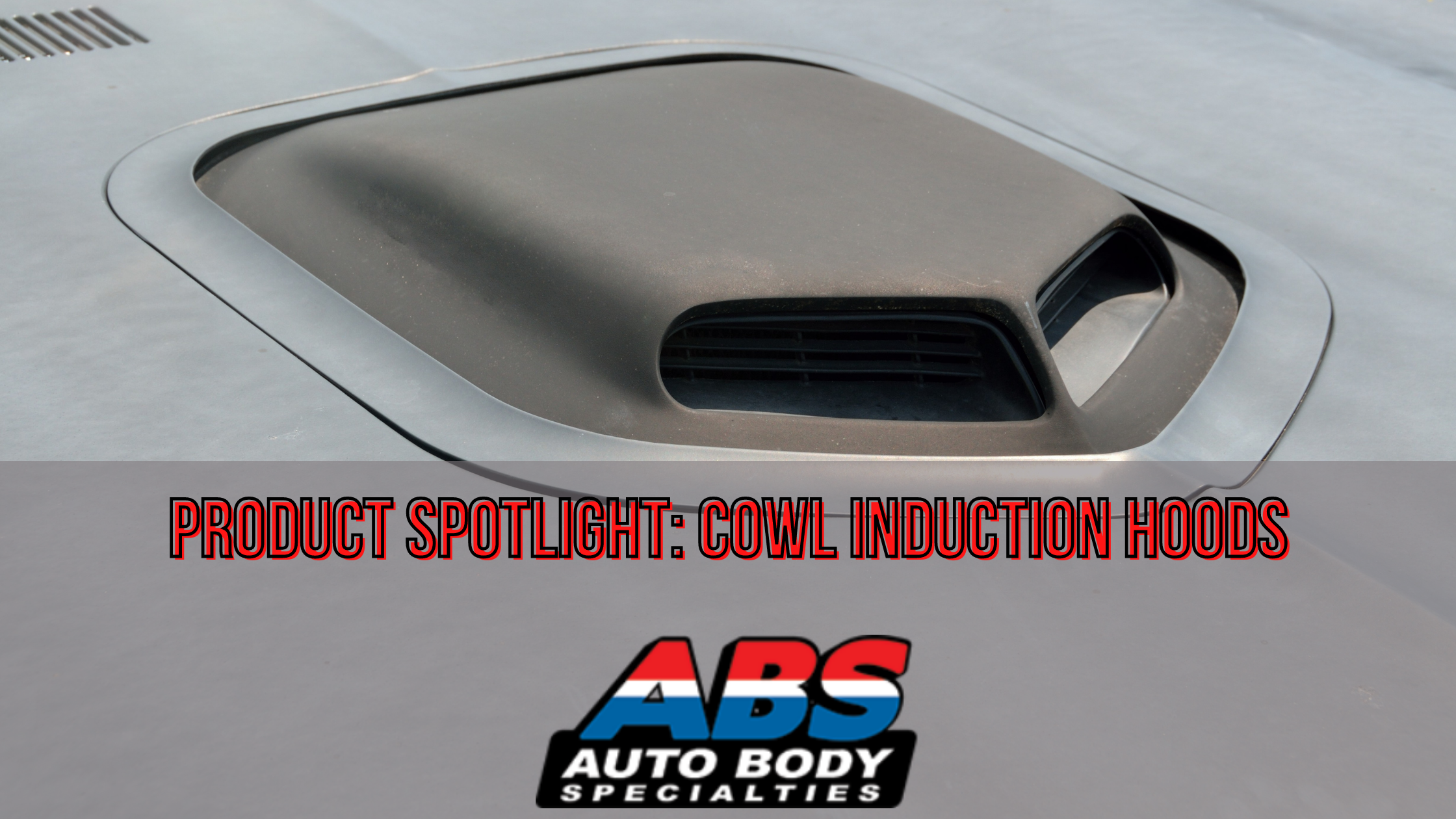
A cowl hood is a hood for a vehicle that is modified with one or two air scoops. It allows air to be forced quickly and directly into the air inducers, and in turn, into the combustion chambers. Another word for a cowl induction hood is a scoop. Cowl induction hoods help with alleviating excessively high temperatures under the hood and provide cooler and denser air for the intake. Though cowl induction hoods are popular with many classic car owners, they are valued by truck owners because they are said to improve gas mileage and improve engine performance. We have had a dramatic increase the sale of cowl induction hoods over the winter and this week we are going to talk about them in the following blog.
Properly remove your vehicle’s old hood before installing a cowl induction hood.
You’d be surprised how heavy a hood can be when it lifted off the car. One person is also highly unlikely to be able to support both sides during the removal. You’ll need a basic set of tools including a 10-millimeter socket and a trim tool. Disconnect any of the electrical connections and plastic clips that are attached. Then you’ll want to disconnect the fasteners holding the hood to the vehicle. There are usually two fasteners on the driver’s side and two on the passenger side.
Pick the correct material that the cowl is manufactured with for your needs.
Cowl induction hoods are usually made of steel, fiberglass, or carbon fiber. Choosing the material really depends on personal preference but steel is considered the most durable. Even though steel is the most durable, it is also the most expensive and much more difficult to install. You should make your decision based on what you plan to do with the car. If it is just going to be used as a show car, you can probably get away with fiberglass but if it is being used for something like racing, steel would be a better choice.
Make sure the cowl hood is working properly before heading out on the road.
Having your new cowl induction hood fly up and hit the windshield could be quite dangerous. When installing the cowl hood, adjust the primary latch until it fits into the opening on the hood without hitting any of the perimeter edges of the opening. When you close the hood, you should hear an audible click from the latch closing on the hood.
After you hear the click, test it to make sure it is working properly by grabbing the front edge and pulling up slowly with even and steady pressure. If the hood opens, it is not adjusted properly. You’ll also want to check the safety catch lever. This prevents the hood from opening when the primary latch fails. Close the hood, pull the release from the inside of the car and the hood should partially open. It if opens without pulling that safety latch, it will need to be readjusted.
 US Dollars
US Dollars
 CANADIAN
CANADIAN
